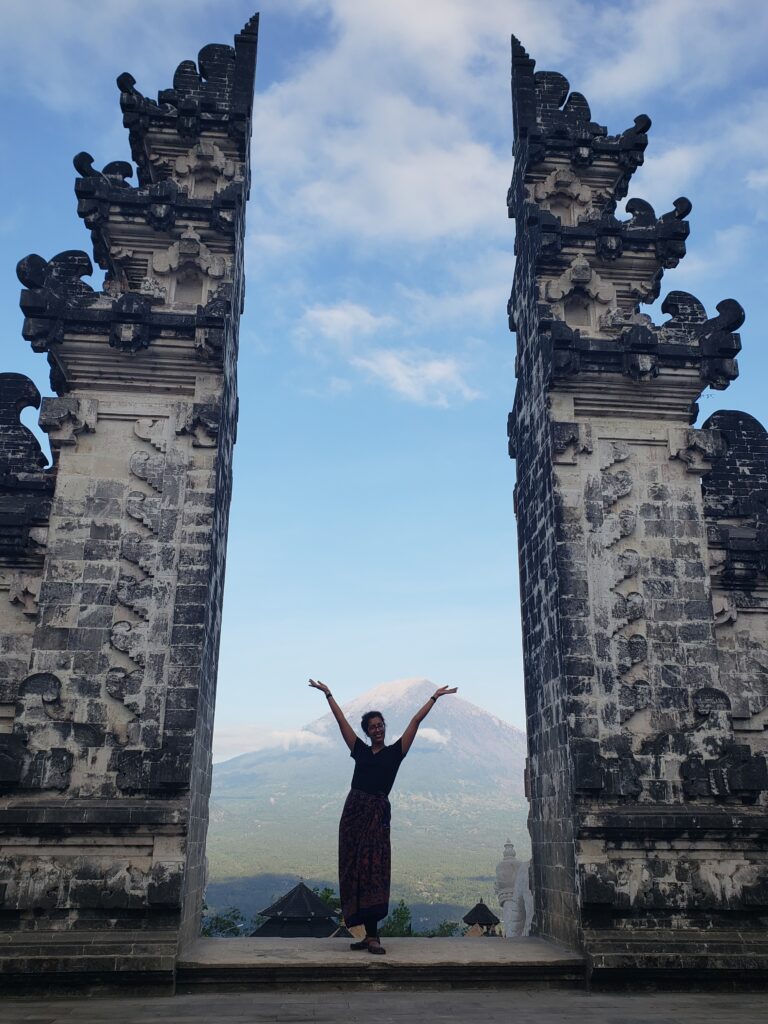How COVID-19 is making us reconsider how we travel
Who isn’t craving wide-open spaces or just a different view outside the window? Most of us are used to buying a ticket at a great price and soaring off to explore a new place, culture, and meet with new people. The COVID-19 pandemic put the entire travel industry on hold, with no clear restart date in mind thanks to corona travel restrictions.

The enforced timeout from travel has given us pause for thought about how we travel and how we fund it. We’ve all seen the environmental effects of reduced travel: air pollution dropped in some of the world’s biggest cities, wildlife moved into spaces left by humans and we all saw the clear waters of Venice no longer stirred up by the constant traversing of boats and gondolas. (There were no dolphins in the canals, unfortunately.)
Travel as a privilege, not a right
People still want to travel but they’re planning more long-term and they’re focused on ticking off their bucket list. The industry is seeing travelers put “a lot of thought into where they go and how they travel on their post Covid-19 trips,” says Leigh Barnes, Chief Customer Officer at Australia-based Intrepid Travel.
The bucket list, the dream trip of a lifetime, the opportunity to explore more. More does come with a cost. Natalia Ortiz from Toronto, Canada typically travels when she can and when she gets a good deal. She used to buy a cheap ticket on Iceland’s defunct WOW airline and spend a long weekend in Ireland or Amsterdam. She was supposed to go to Colombia this year for a friend’s wedding and had been saving for that trip, putting away $120 every other paycheck. The delay made her think about how she wanted to take that trip.
“I know that at the end of the day, my best friend is still going to get married eventually, and I think she still wants to have it in Colombia, so I’m like there’s no point in not saving, because it’s going to happen, she says. “I saved for that trip. So it’s pretty much ready to go, but I’m like ‘do I want to just do the basics?’ I [now] have the luxury of maybe getting that luxury hotel or doing an excursion or eating some more food. So I am allowing myself to at least save a little bit more for that trip.”
Saving for the dream trip
Barnes says the attitude to travel is also changing. “Travelers are putting a lot of thought into where they go and how they travel on their post Covid-19 trips. Without having the immediate access to explore the world that we once had, planning is becoming more intentional as people are treating travel less as a right, and more as a great privilege.”
This trend was also seen at the 2018 Virtuoso Travel Week conference. According to this article in Forbes magazine, travelers were planning their trips like they were planning their finances. Not just looking at the short term but mapping out detailed plans for 5, 10 and 20 years out.
So how can you financially plan for your short- and long-term trips? We spoke to several financial advisors who also love to travel. Right now it’s all about putting money in the bank.
Align your goals with your time horizons
Amy Lynn Richardson, a certified financial planner and Senior Manager, Planning Consultant at Charles Schwab spent three weeks in South Africa last year on a safari and is already planning her next trip to Manchu Picchu, Peru.
“Travel is near and dear to my heart and my own kind of financial plan absolutely incorporates frequent travel so when I think about the specific circumstances of today, and the motivation to go out and experience, I really think it’s very simple: it’s get clear, get organized and get motivated,” she says. Richardson says you have to plan and give yourself enough time to fully prepare and think through your intended trip. “That way, the burden and stress won’t feel as heavy and you really can focus on the fun and excitement that awaits you at that final destination.”
Short term planning for trips
If you’re looking to take a trip in the next year or two pandemic-permitting, Richardson says you need to decide on your travel goals and your budget. “We need to make sure that you have a great handle on your budget. This means looking at your monthly income and expenses, so that you really can start stashing away that money to help you afford this trip. That way you don’t feel the pressure and you can maybe pay for it in one kind of fell swoop and not put it all on your credit card with a really high interest rate.”
Susan Olson, a certified financial planner with Abacus Wealth Partners likes a combination of a high yield savings account and bonds for short-term savings. “If you know you’re going to do something then a year or two, then start setting aside funds for it now in high yield savings accounts.” If you chose bonds, Olson says investing in short-term bonds is also an option because you can also sell them before it matures.
Richardson also suggests setting up a travel account and automatically putting money into it on a monthly basis. She does this and finds it really helps her resist the temptation to dip into it for other things.
Planning for that long-term trip
If you’re planning for 10 years or more, Richardson says it’s important to align your goal and time horizons with the type of investments you might hold. “Where that might become different is how you take those savings, or those funds and ultimately invest them.”
Whatever you do, both Olson and Richardson say to work with an advisor to make sure that you’re set up with a financial plan that can support your dream trip.
Making travel more intentional
“Without having the immediate access to explore the world that we once had, planning is becoming more intentional as people are treating travel less as a right, and more as a great privilege.” Barnes says that Intrepid is seeing a spike in demand for places like Antarctica and The Galapagos which indicates a desire for more remote places where people can reconnect with the natural world, “while also checking off bucket list experiences,” he says.
While overseas trips are still in the dreaming and planning stage, people are thinking local. Ortiz has vacation days that she has to take so while she’s not going to Colombia, she’s thinking of taking a road trip across Canada with two friends. “I’m calculating that the cost is going to be $1,200 between the three of us and compared to what I’ve saved, this is perfect.” She’s going to dip into her travel fund and continue to save for overseas trips.
“This is the perfect opportunity for me to actually explore my country.”



Sorry, the comment form is closed at this time.